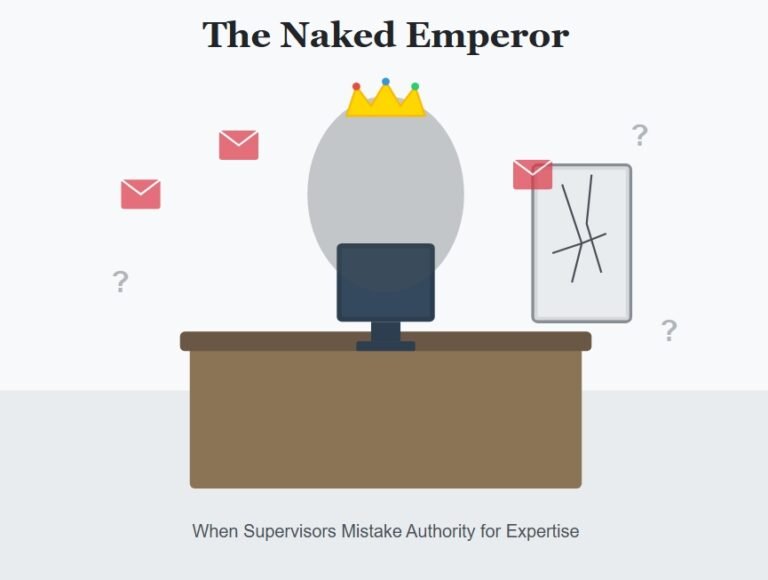Orientation and onboarding are two activities that will set the tone for the balance of an
employee’s line on the job with this employer.
It is a common belief that the first 90 days of a worker’s experience on a new job will
determine how the relationship goes for the balance of their employment. One way to
get off on the right foot is to provide a quality orientation program (also referred to as
onboarding) to every new employee.
A strong orientation program will include such things as follows:
• Welcome by the CEO/senior executive This shows a new hire that senior
management cares about employees. Senior executives who believe it isn’t worth
their time convey a strong message also.
• Discussion about culture An opportunity to discuss “the way we do things
around here.” What does the employer value? What gets rewarded in the
organization? What type of image does the employer want to project to the world?
What are the expectations of ethics? Assimilating and socializing the new hire into the
culture and expectations of behavior that is expected of them while working in the
the organization is a necessary and important step for orientation and onboarding.
• Enrollment in benefit programs This is an opportunity to complete payroll
tax forms, benefit enrollment forms, and self-identification forms for race, sex,
disability, and veteran status.
• Tour of employee common areas This can include the cafeteria or break
room, the location for labor law compliance posters, and restrooms.
• Safety equipment and emergency exits This is often overlooked when it should
be on the orientation agenda. If there are emergency breathing apparatus, eye
wash stations, emergency shutdown switches, first-aid stations, or other important
safety points of interest, this is the time to show each new worker where they are.
Safety training in how to use emergency equipment will come later.
• Introduction to co-workers and supervisors Guide the employees to their
new work locations and introduce them to their new co-workers and supervisors,
even if they may have met some of them during the interviewing process.
Have someone designated to explain where to get office supplies, how to access
computer terminals, and whom to ask when questions come up. These things are
just common employment courtesy.
Onboarding
Onboarding new employees is the process of integrating them into the organization and its
specific culture, as well as getting a new hire the tools and information needed to become
a productive contributing member of the organization. Onboarding should be a strategic
process that lasts at least 1 year because of how employers handle the first few days and
months of a new employee’s experience is crucial to ensuring a smooth transition into the
organization and high retention.
Getting Started with the Onboarding Process The process of onboarding new
employees can be one of the most critical factors in ensuring that recently hired talent will
be productive and happy workers. Not to be confused with orientation, onboarding is
quite different. Orientation involves paperwork and routine tasks to place new hires in
the organization’s payroll and organization chart. Onboarding is a more comprehensive
process involving management and other employees that normally lasts up to a year. An
effective onboarding program helps assimilate new hires and addresses the following:
• What impression do you want new hires to walk away with at the end of the first
day? First month? First quarter? First-year?
• What do new employees need to know about the culture and work environment?
• What role will HR play in the process? What about direct managers? Co-workers?
• What kind of expectations, especially behavioral, do you want to set for new
employees?
• Who will be the new employee’s sponsor (generally someone out of the direct line
of command)?
• How will you gather feedback on the program and measure its success?
Once these questions have been addressed, HR professionals and upper management
can devise a plan of action to help new employees quickly assimilate company policies
and workflow while getting fully acquainted with the organization’s culture.



